A Deep Dive into Cybersecurity: Key Threats and Vulnerabilities in the Digital Age
- 1 min read
This article explores the evolution of cybersecurity, highlighting key phases from the 1960s to the present. It traces the development of essential security practices, from the early days of government systems protection to modern challenges like AI-driven threats and ransomware. The article also delves into the ongoing U.S.-Russia cyber conflict, where both nations engage in cyberattacks and espionage for geopolitical gain. While U.S. companies often face data breaches due to vulnerabilities, Russian hackers are more strategic, using data theft for political influence. As cybersecurity continues to evolve, understanding its history and geopolitical dynamics is crucial for staying ahead of emerging digital threats.
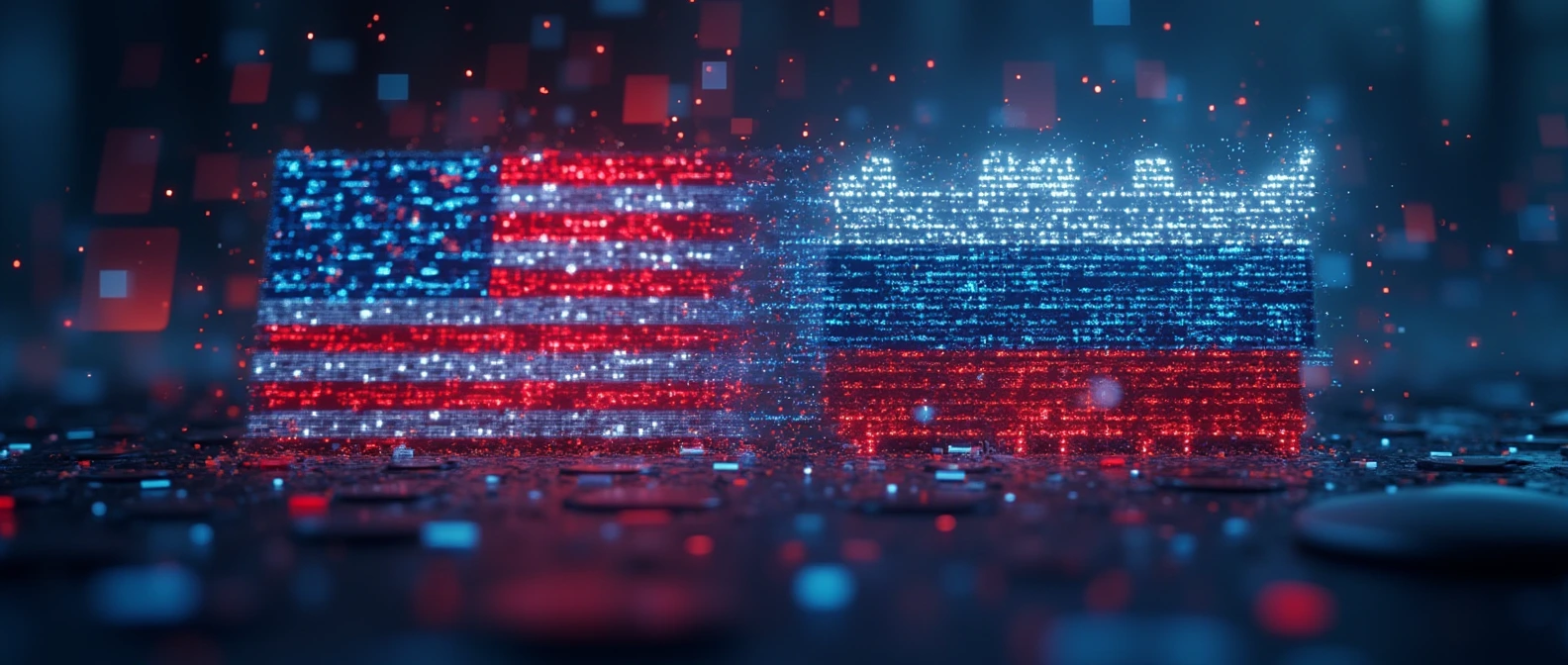
Introduction: In today's digital world, cybersecurity is more critical than ever. With the increasing number of threats and vulnerabilities, understanding the history and evolution of cybersecurity practices is essential. This article will take you through the key phases in cybersecurity's development and highlight some of the most notable advancements that have shaped how we approach digital security today.
1. The Evolution of Cybersecurity: A Historical Breakdown
Dividing the history of cybersecurity into six main phases provides a structured approach to understanding how the field has developed in response to emerging threats, technological advancements, and shifting paradigms in computing.
Early Days (1960s - 1970s): The inception of cybersecurity began with the development of ARPA.NET and the Bell-LaPadula Model in 1973. Initially, the focus was on securing sensitive information for government systems.
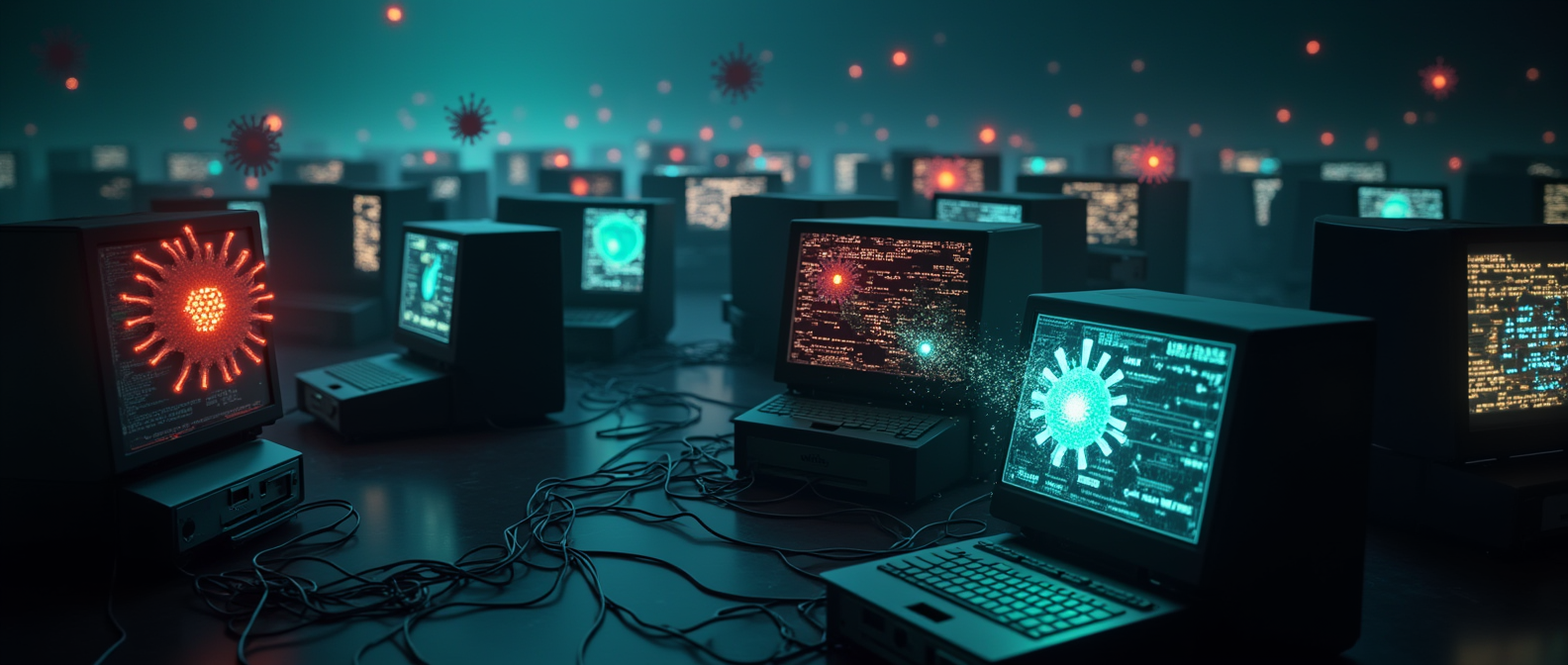 The Rise of Malware (1980s): As computers became more widespread in households, malware such as viruses and worms (e.g., Elk Cloner on Apple II) started to spread. The first cybercrime in 1986 and the Morris Worm of 1988 were notable milestones.
The Rise of Malware (1980s): As computers became more widespread in households, malware such as viruses and worms (e.g., Elk Cloner on Apple II) started to spread. The first cybercrime in 1986 and the Morris Worm of 1988 were notable milestones.
Internet Expansion & Threat Growth (1990s): The rapid growth of the internet brought new vulnerabilities. The rise of email and web browsing led to the development of the first firewalls and the spread of malware like the Melissa virus (1999).
The Cybersecurity Industry Blossoms (2000s): With the advent of more sophisticated cyber threats such as the Code Red Worm (2001) and ransomware, the cybersecurity industry expanded. Antivirus programs and firewalls became vital defense tools.
Targeted Attacks & State-Sponsored Threats (2010s): APTs (Advanced Persistent Threats) emerged, often backed by state-sponsored actors. The Stuxnet worm (2010) and the Target breach (2013) highlighted the growing sophistication of cyberattacks.
Modern Cybersecurity (2020s and Beyond): Today, cybersecurity faces new challenges, including AI-driven threats, ransomware, and cyber warfare. High-profile incidents like the Colonial Pipeline attack (2021) have spurred innovations in defense technologies, such as zero-trust security models.
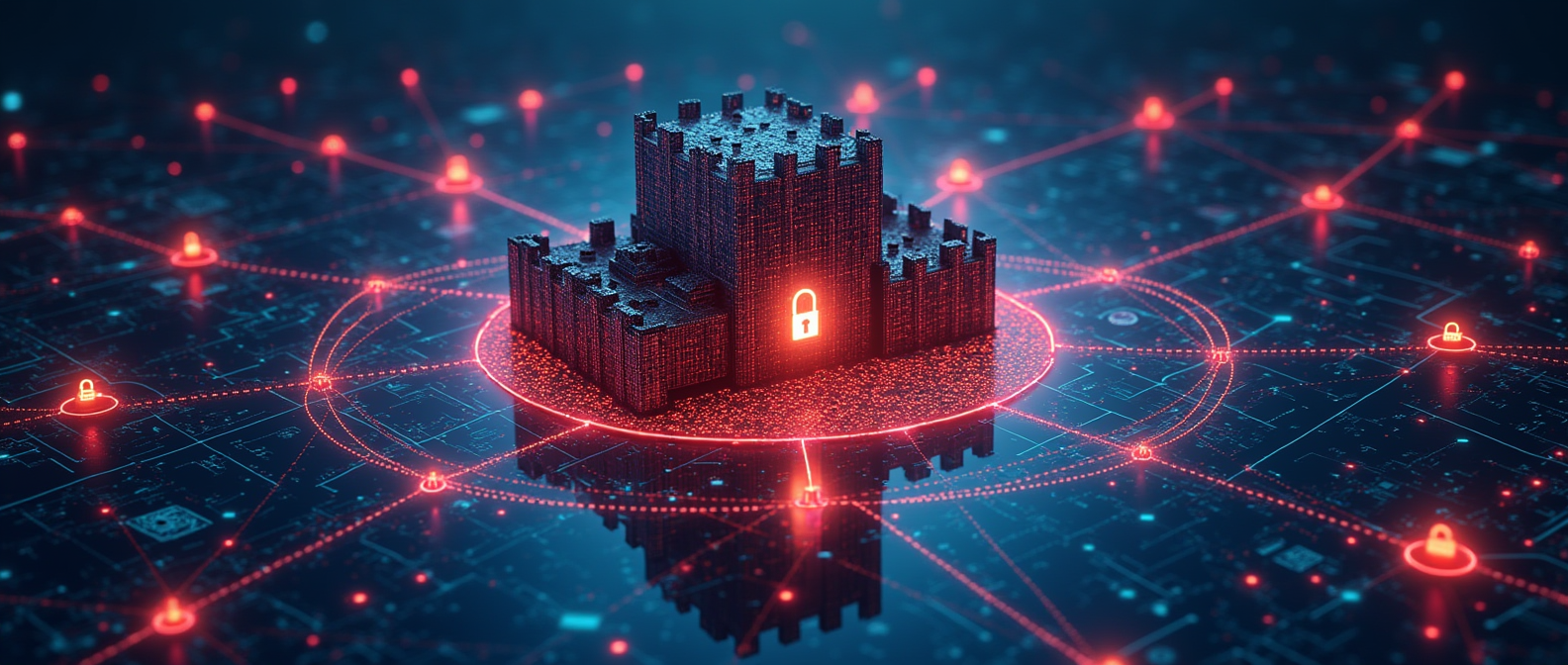
2. Key Milestones in Cybersecurity Advancements
Several pivotal developments have significantly impacted the cybersecurity landscape, improving the ability to defend against emerging threats.
The Rise of Antivirus and Firewalls (1980s - 1990s): As malware like the Morris Worm emerged, antivirus software and firewalls became the first line of defense against these new threats.
Encryption and Secure Communications (1990s - 2000s): The introduction of public-key cryptography and SSL/TLS protocols revolutionized secure online communication, paving the way for safe e-commerce and banking.
Intrusion Detection and Prevention Systems (2000s): IDS and IPS systems allowed organizations to monitor and block suspicious network activities, shifting focus to active defense strategies.
Zero Trust Security Model (2010s): The Zero Trust model redefined security by eliminating the assumption that internal networks are inherently safe. This model emphasizes continuous verification and least-privilege access.
Security Automation and AI (2020s and Beyond): AI-driven security tools now enable real-time detection, prediction, and automated responses to cyber threats like ransomware and APTs.
Cloud and Supply Chain Security (2020s): As cloud computing and third-party integrations became more prominent, new frameworks were developed to secure both internal systems and external supply chains.
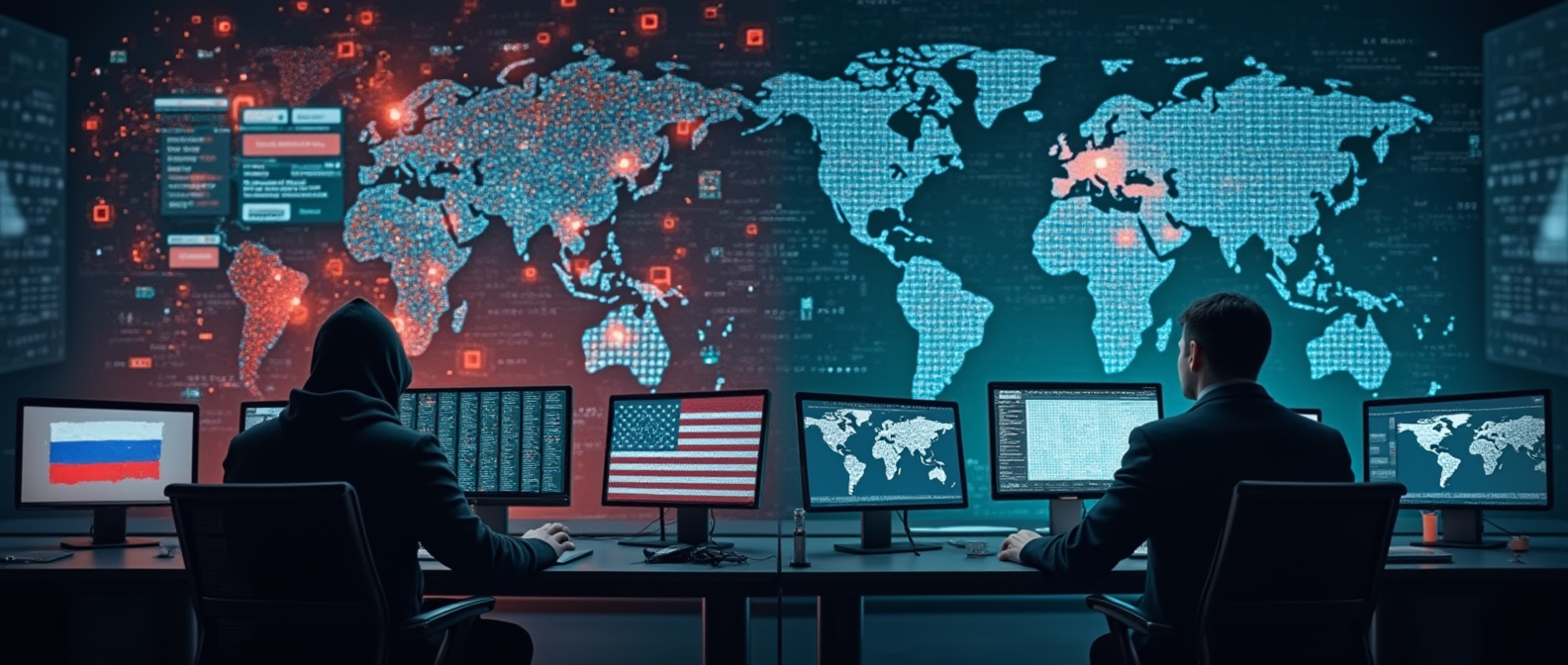 3. The Geopolitical Landscape of Cyber Conflict
3. The Geopolitical Landscape of Cyber Conflict
Cyber conflict has become a significant aspect of international relations, especially between the U.S. and Russia. The cyber conflict between these two nations has evolved from simple political espionage to more complex data-driven operations.
The U.S.-Russia Cyber Conflict:
Over the years, both nations have engaged in cyberattacks, disinformation campaigns, and espionage to influence political, economic, and military outcomes. These attacks have become more sophisticated, involving data manipulation, surveillance, and digital warfare.
Data Theft and Manipulation: Both U.S. companies and Russian hackers have been involved in high-profile data theft incidents. However, Russian cyberattacks are often more strategic, targeting data for geopolitical purposes, while U.S. breaches are frequently due to poor security practices.
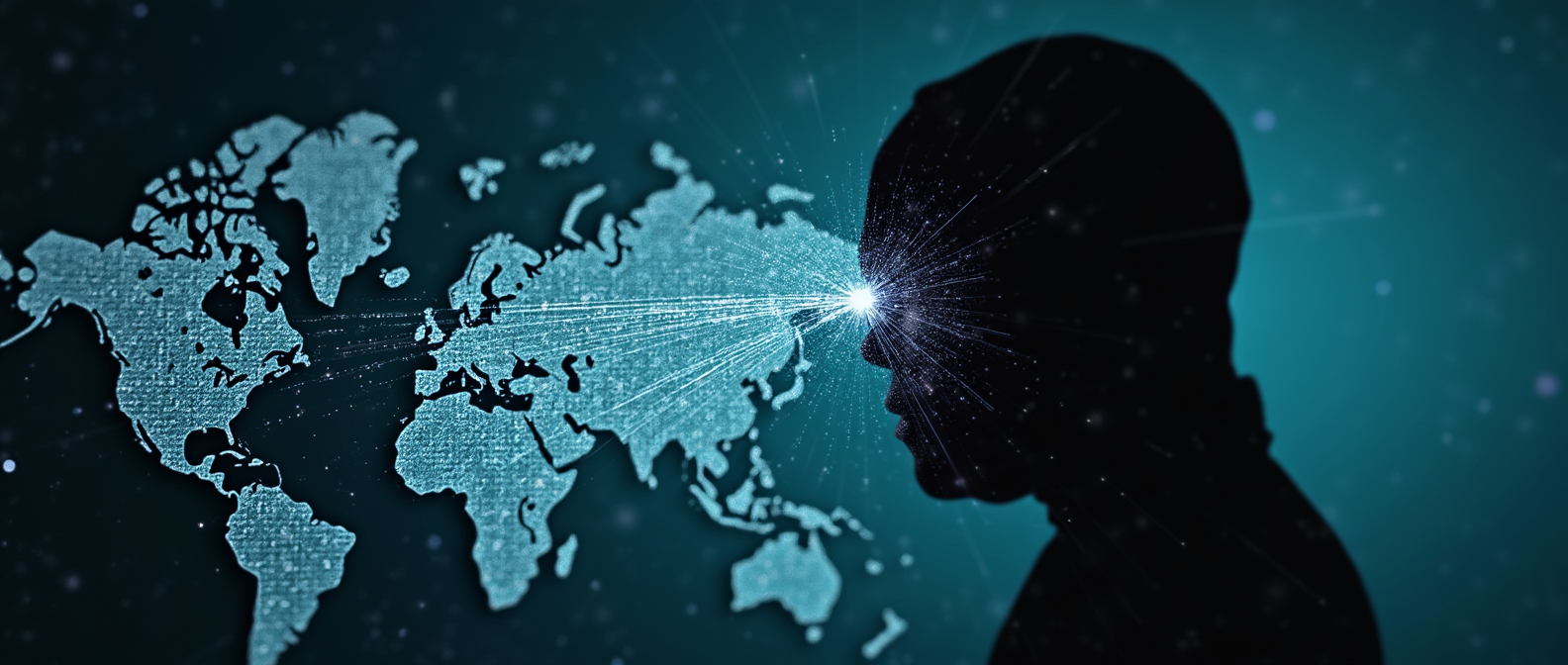 4. Who Has Stolen More Data? U.S. Companies vs. Russian Hackers
4. Who Has Stolen More Data? U.S. Companies vs. Russian Hackers
The ongoing battle over data theft is a key aspect of cyber conflict. While U.S. companies have been involved in several high-profile data breaches, often due to poor security practices, Russian hackers have executed highly sophisticated, state-sponsored cyberattacks targeting not only U.S. companies but also government agencies, political campaigns, and critical infrastructure.
U.S. Companies: Despite investing heavily in cybersecurity, U.S. companies have fallen victim to massive breaches due to vulnerabilities in their systems. Notable examples include the Equifax breach (2017) and the Target breach (2013), where sensitive customer data was compromised.
Russian Hackers: Russian cyber actors have been more strategic in their data theft, often focusing on high-value targets for geopolitical purposes. These attacks include stealing sensitive political data and manipulating public opinion during election cycles, as seen in the 2016 U.S. presidential election interference.
While both sides have stolen significant amounts of data, the motivations differ. U.S. companies tend to suffer from security lapses, whereas Russian hackers exploit vulnerabilities for strategic advantage, including manipulating global politics.
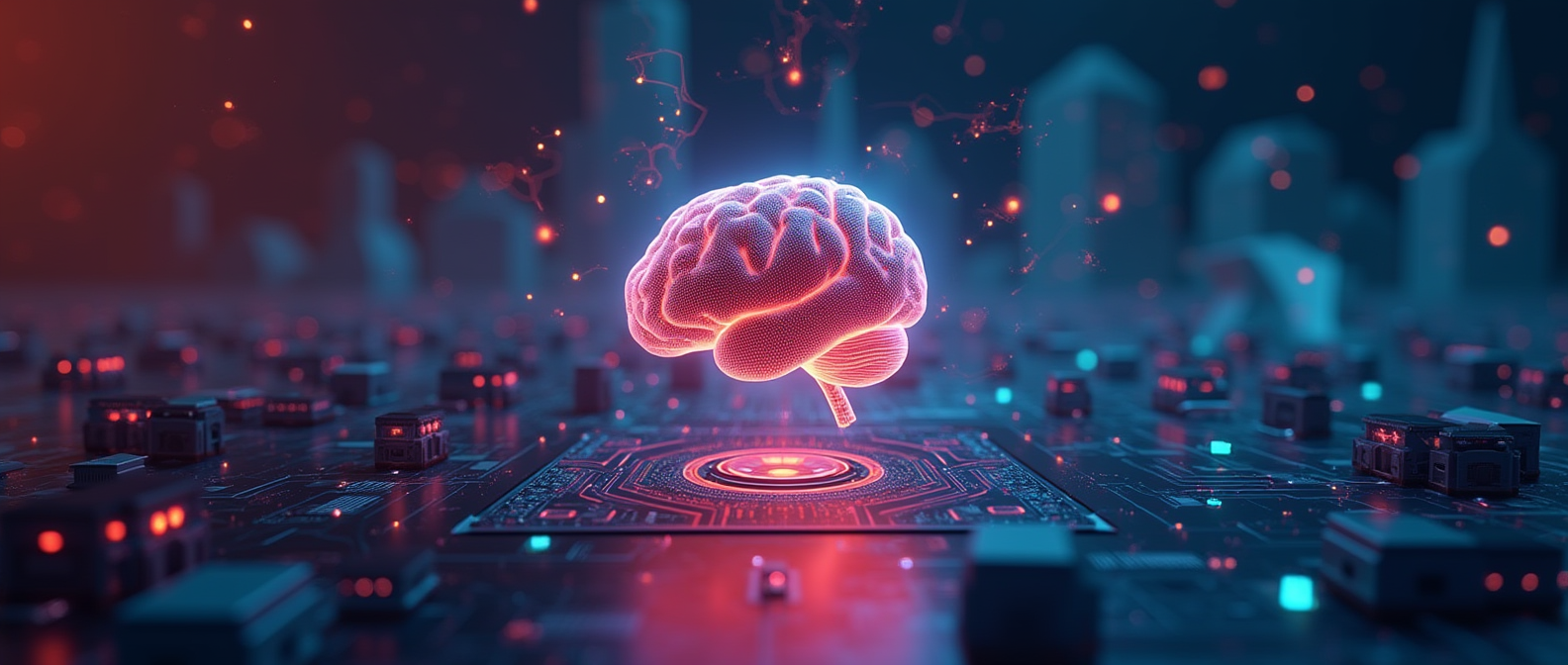 Conclusion: Cybersecurity will continue to evolve as new threats emerge, and our digital lives become ever more intertwined with technology. Understanding the history, advancements, and geopolitical implications of cybersecurity will empower individuals and organizations to stay ahead of the curve and protect their digital assets in an increasingly hostile online environment.
Conclusion: Cybersecurity will continue to evolve as new threats emerge, and our digital lives become ever more intertwined with technology. Understanding the history, advancements, and geopolitical implications of cybersecurity will empower individuals and organizations to stay ahead of the curve and protect their digital assets in an increasingly hostile online environment.

Turkish Tech Renaissance: The Remarkable Growth of the IT Industry
Turkey's IT industry is rapidly growing, driven by its strategic geographic location, a young and educated workforce, and strong government support. The country's thriving startup ecosystem, emphasis on digital transformation, and increasing IT exports are positioning Turkey as a significant player in the global technology landscape. This growth trajectory highlights Turkey's potential and ambition in shaping the future of technology both domestically and internationally.

TURKIYE: The Rising Star of IT Outsourcing
Turkey is quickly becoming a key player in the IT outsourcing industry, thanks to its strategic location, skilled workforce, and cost-effective solutions. Positioned between Europe and Asia, Turkey offers businesses access to top-tier IT talent at competitive prices, with minimal language and cultural barriers. The country's commitment to data protection and innovation further enhances its appeal as a reliable and cutting-edge IT outsourcing partner.